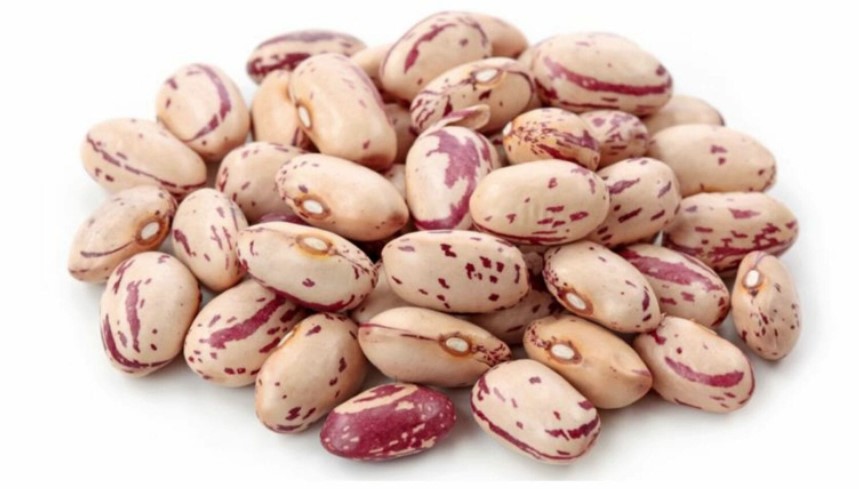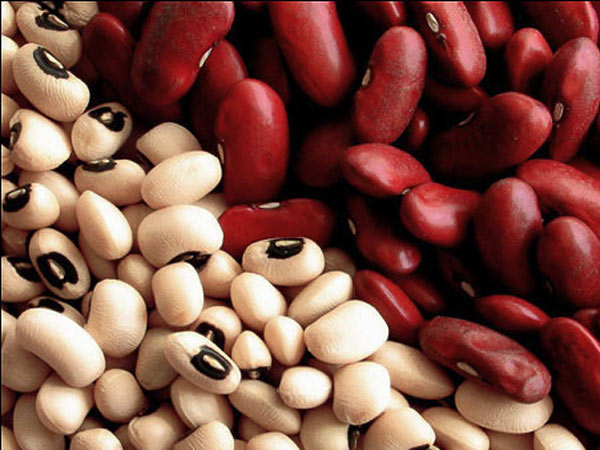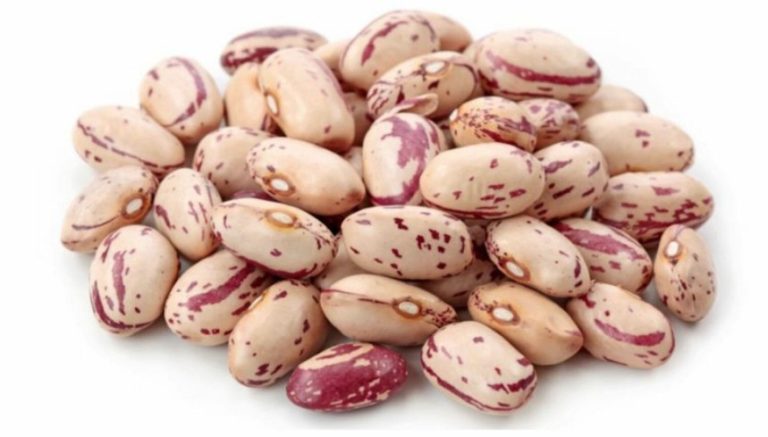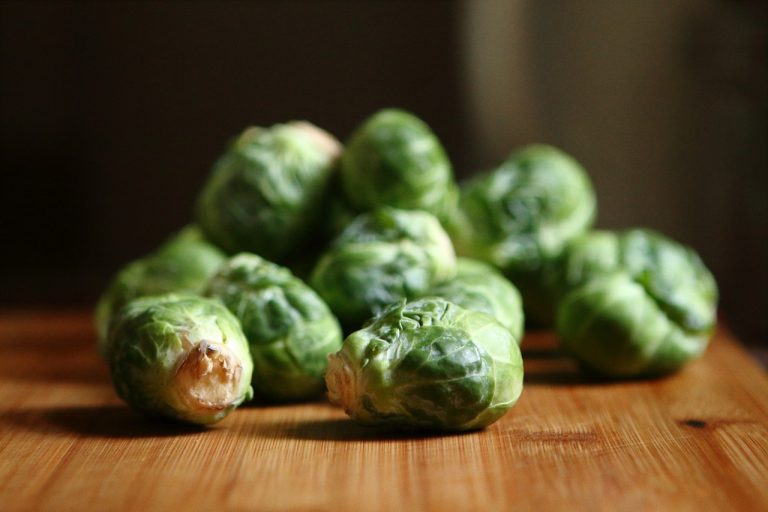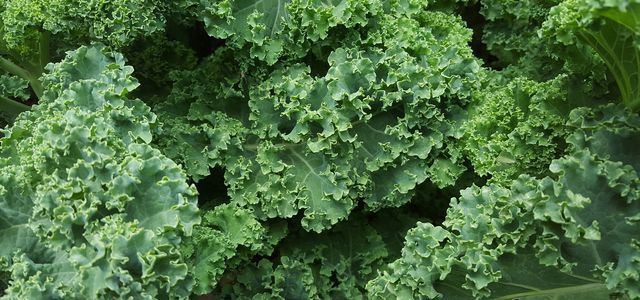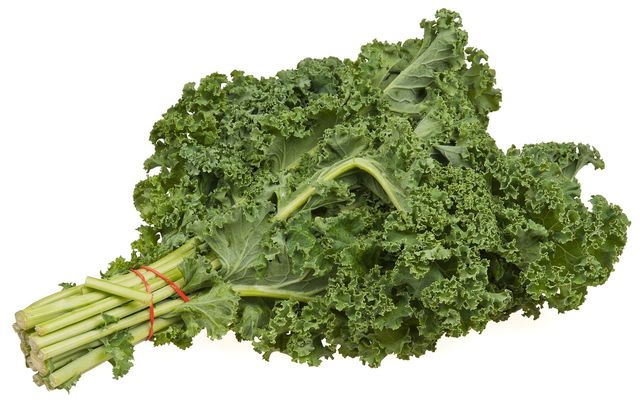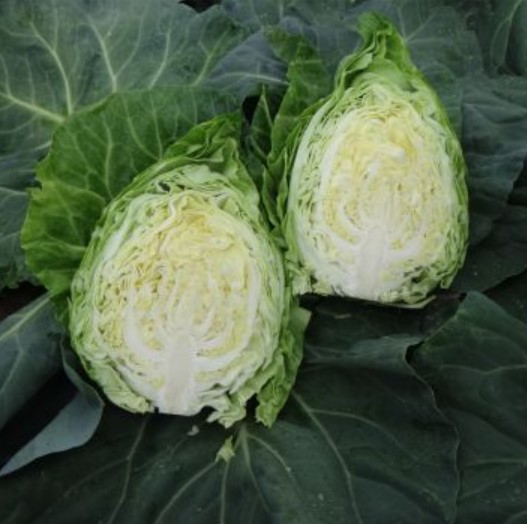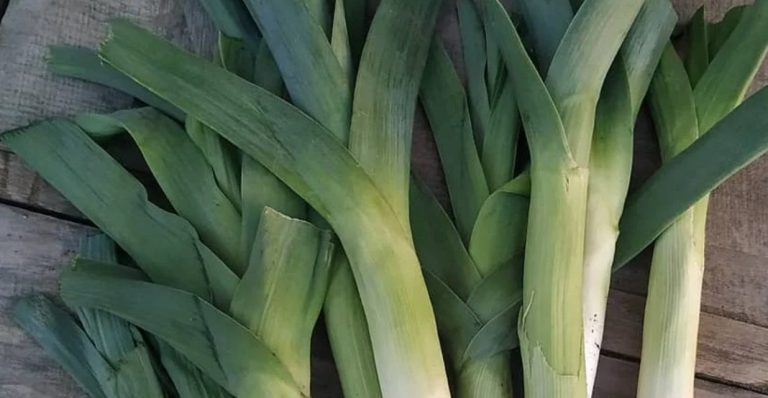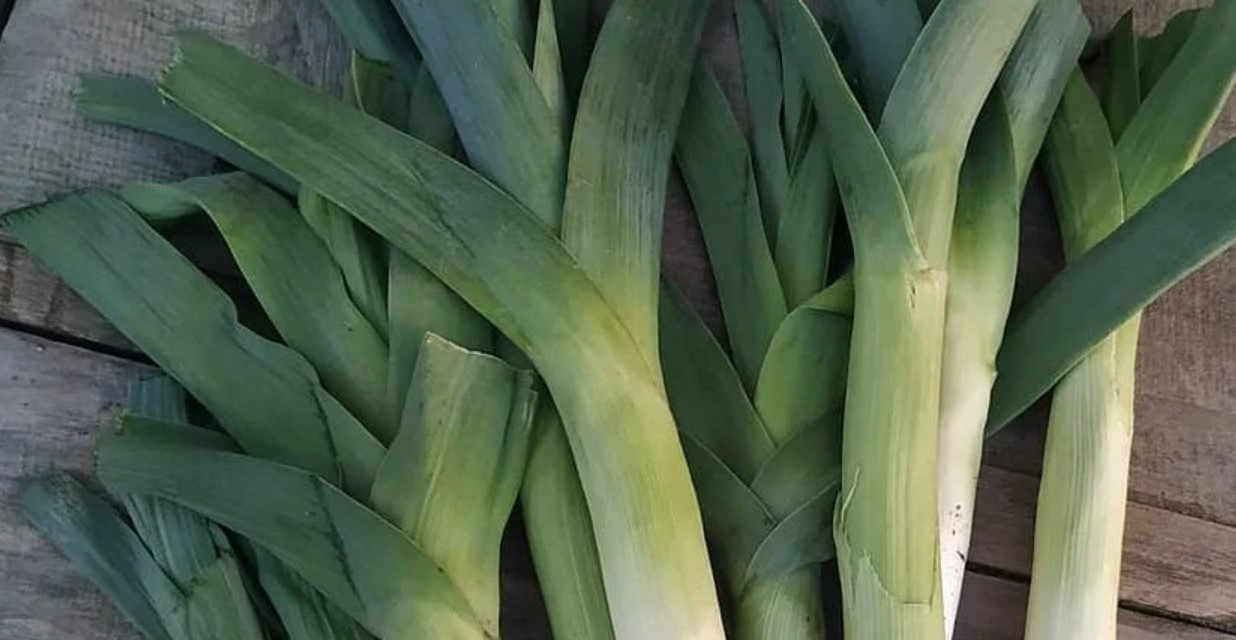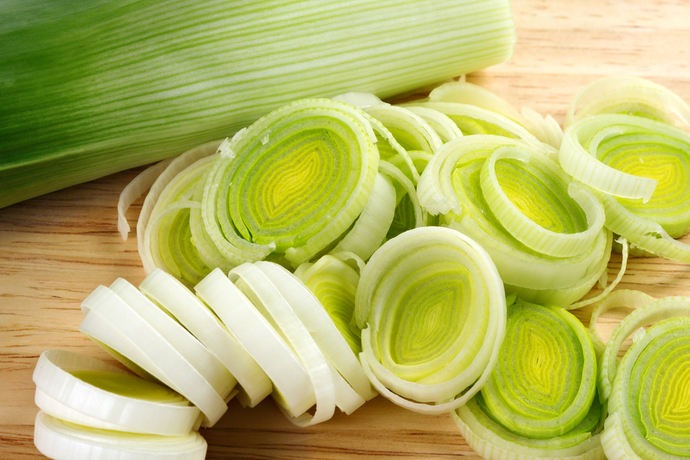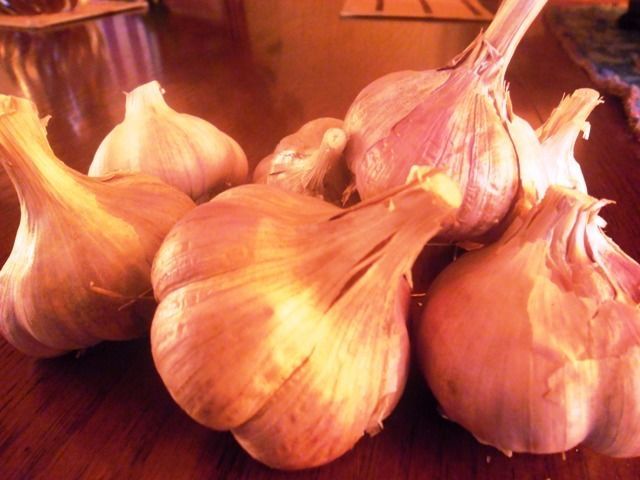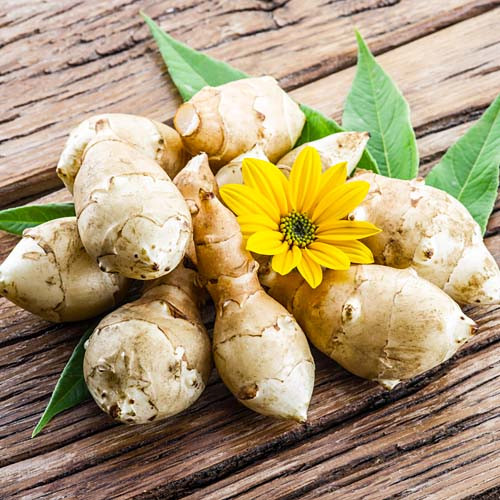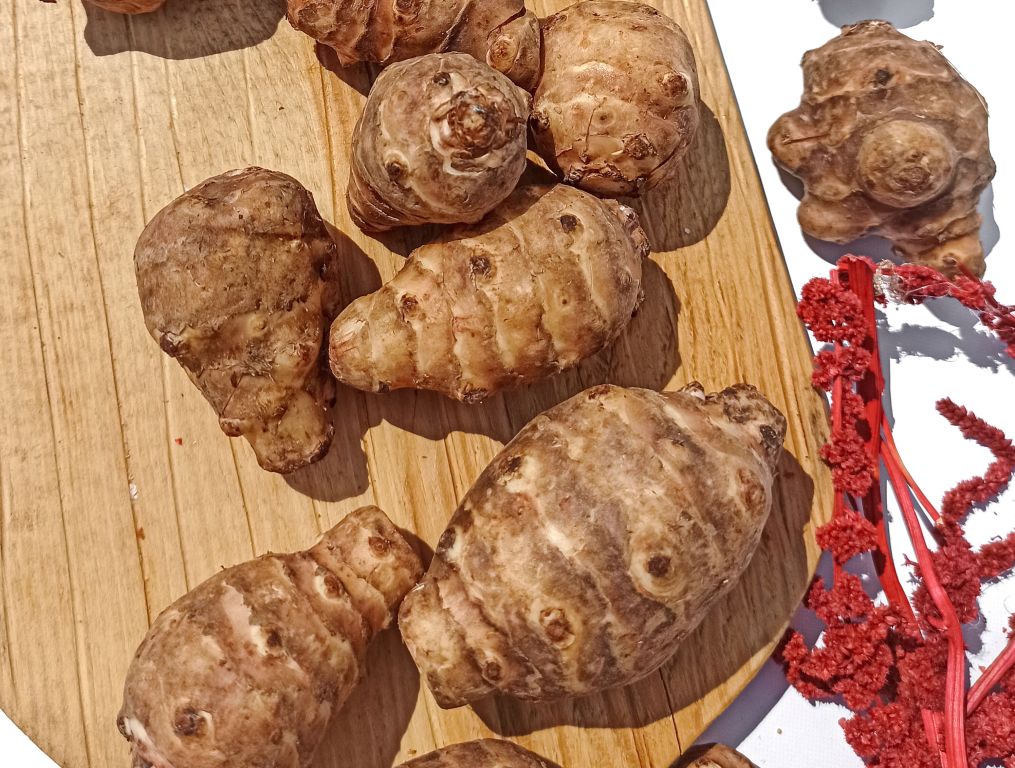People used to meet up with acquaintances to spend a fun evening over a meal together. It’s more complicated today because many guests want to do without something, something they can’t seem to tolerate. Are we too scared of eating “the wrong thing”?
Of course, you know about the allergies in your circle of friends and take vegetarians and vegans into account when planning the menu. But now there are more and more people who no longer eat gluten, suffer from lactose intolerance, eat no more carbohydrates, no more fat, no more sugar and so on.
Hosts then sometimes stand frustrated and at a loss between the cookbooks and decide to meet up with their friends in a restaurant in the future, where everyone can choose the dish that suits the current nutritional phase.
When nutrition becomes ideology and neurosis

Jokes aside: eating is no longer just for everyone: enjoyment and joy. For some, it is becoming an increasingly serious and tiring thing that could almost be considered an illness: orthorexia.
In principle, it is a positive development that many people are now more aware of what they eat, that they buy more organically grown or regional products and pay attention to ingredients and additives, or eat less meat because it is more sustainable.
Eating healthy is meanwhile also hype and lifestyle. You no longer define yourself by what you like to eat, but by what you don’t eat. “Food becomes a stylistic device. In future we will define ourselves through our diet,” is the provocative thesis of nutritionist Hanni Rützler in the 2016 Food Report.
Orthorexia: sensitive and obsessive eaters
Experts formulate this a little more cautiously. You speak of “sensitive eaters”, i.e. of people who avoid certain substances or foods. Not because they suffer from a medically certified allergy or intolerance. But because they believe they can live better or healthier as a result.
One or the other overshoots the mark: The term orthorexia nervosa describes an eating disorder (clinically not yet classified) in which those affected have a strikingly pronounced need to eat healthily and food not only into healthy and unhealthy, but for example also categorize as ethically good or bad. Orthorexia was “invented” by the American alternative physician Steven Bratman, who first described the symptoms in a detailed article in 1997.
For those suffering from orthorexia, preoccupation with “healthy” or “right” eating in excess has become an obsession. Orthorectics spend an enormous amount of time devising menus composed of the foods they consider “good.”
In the worst case, this eating disorder leads to malnutrition when the menu consists only of the few permitted foods. There is also a risk of social isolation when orthorectics avoid invitations and restaurants for fear of eating something wrong.
Not every person who eats consciously suffers from orthorexia. And if you avoid certain foods, you are far from being a neurotic. But with the ever new eating trends and renunciation fashions, the question arises as to whether one actually lives healthier if one does without more and more things.
Orthorexia winners: the industry
Allergies and intolerances appear to be more common today than they used to be, and people fear fat and sugar more than ever. The food industry is reacting to this with a veritable flood of “free from” products. For those who actually suffer from celiac disease (gluten intolerance) or lactose intolerance, for example, this is a big step forward.
But it is also a fact that many people buy these products – even though they are not affected at all. “Around 32 percent of Germans claim to suffer from food intolerances or allergies. Of the remaining 2/3, 81 percent voluntarily do without certain foods. Among other things, they do this out of the feeling that they cannot tolerate these foods,” according to one of the results of “Food intolerance – the marketing of fear” from a study by the market research institute Targeted.
The biggest beneficiary of this development is the food industry. It already markets products “without additives” – although it is itself responsible for the many additives in food – and with “functional food” serves the desire for food that has a useful side effect in addition to nutrition.
Now she can sell lactose-free, gluten-free and (newly) histamine-free products at significantly higher prices than regular products, even though they offer no benefits for healthy people.
Are gluten-free and lactose-free products automatically healthier?
In some supermarkets gluten-free products fill entire shelves, sometimes there are even such absurd offers as water (!) without gluten. Only about one percent of Germans suffer from celiac disease, an inflammation of the intestines caused by gluten. People with celiac disease must follow a gluten-free diet for the rest of their lives, as even the smallest amounts are harmful to them. For healthy people, on the other hand, a gluten-free diet brings no real benefit. Despite celebs like Lady Gaga promoting it, gluten-free products don’t lose weight, and gluten-free products actually have a higher number of additives because the product has to be flavored by eliminating wheat.
“Lactose-free” is also a megatrend. According to GfK, 9.4 million households used lactose-free products last year. Of these, only 18 percent suffered from lactose intolerance. Lactose intolerance manifests itself in severe flatulence, stomach problems or diarrhea. It is estimated that around 15 percent of the population in Germany are affected. For people who can break down lactose, however, there are no advantages to using lactose-free products – on the contrary: since milk products are the main suppliers of the mineral calcium, which is responsible for the stability of the skeleton, this increases the risk of osteoporosis (although this is not the case is quite as simple as that – see Milk Myths).
Conclusion: avoid orthorexia

When it comes to orthorexia, you have to make a clear distinction: For those actually affected, avoiding problematic ingredients is important and right. And it makes sense to eat consciously instead of consuming industrial foods without looking at them. Organic is always better because it’s not just about your own health, but also about ecologically compatible agriculture. And being a little more vegan or seasonal also has environmental benefits.
However, anyone who thinks they suffer from an intolerance should definitely be examined by the appropriate specialists. Gluten and lactose intolerance or other intolerances (fructose, histamine, allergies…) can only be unequivocally determined by medical tests. Nobody who is healthy and eats a balanced diet needs industrial “free from” foods, which have often been further denatured with additional processing steps than they already are.
Important: Anyone who suspects that they suffer from orthorexia or other eating disorders should definitely seek help – doctors, therapists, self-help groups or other counseling services can support those affected on their way.
